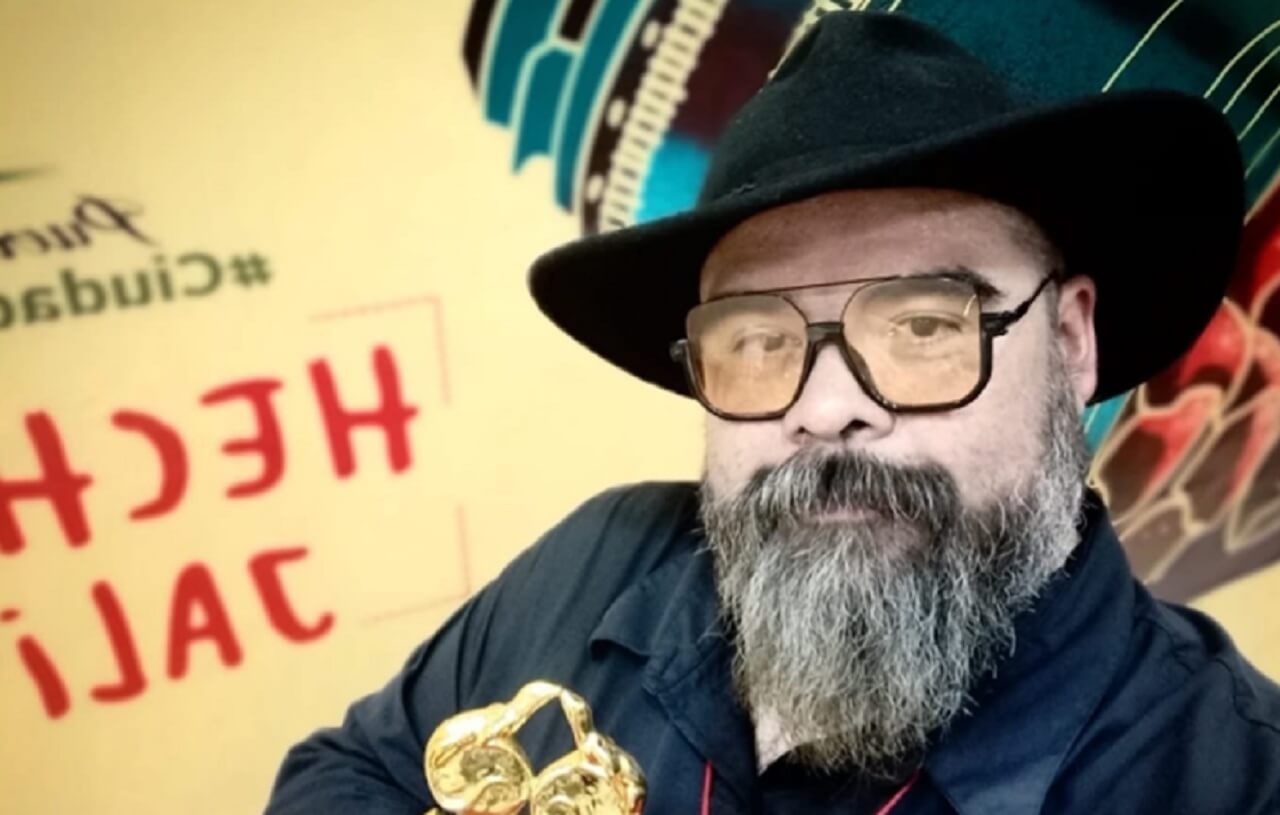If you’re a fan of word games and pattern puzzles, NYT Connections has become a daily ritual for many. On October 12, 2025, Puzzle #854 brought a fresh challenge of grouping 16 words into four themed sets. Whether you solved it in one shot or still have a blank grid, this guide will walk you through NYT Connections hints, answers, and strategies to solve faster next time.
In this article, you’ll find:
Subtle NYT Connections puzzle 854 hints
The full answers (solutions)
A breakdown of tricky misdirections
Strategy tips and future puzzle tactics
Let’s dive in.
What Is NYT Connections? A Quick Primer
Before we tackle puzzle #854, here’s a refresher for readers new to the game or looking to sharpen their approach.
NYT Connections is a daily word-grouping puzzle introduced by The New York Times. Each day presents 16 words, which players must split into 4 groups of 4 words. Each group shares a hidden connection or theme (e.g. synonyms, categories, idioms). The challenge lies in overlapping meanings, red herrings, and words that could plausibly belong to multiple groups.
You get up to four mistakes—if you guess wrong four times, the puzzle ends and the correct grouping is revealed. The goal is to use logic, elimination, and pattern recognition. Over time, certain strategies emerge: start with the most obvious groups, test ambiguous words last, and always re-evaluate if something doesn’t fit.
NYT Connections Hints (Puzzle #854 – Oct 12)
Here are subtle nudges to guide your grouping without immediately giving away all the answers:
Yellow group hint: “Like a tattoo”
Green group hint: “Like a startup does”
Blue group hint: “Like a sandpiper”
Purple group hint: “Like the song ‘Don’t Worry Be ___’”
If you’d like one “anchor word” from each group to get you started:
Yellow: Eternal
Green: Begins
Blue: Robin
Purple: Returns
Use these to guide your thinking: they show you the flavor of each group without spoiling the full solution.
Answers to NYT Connections Puzzle #854
Once you’re ready to check your work—or if you got stuck—here are the complete NYT Connections answers:
Yellow group – For all time
Eternal, Everlasting, Forever, Permanent
These four words share the sense of something unending or perpetual. Think of a tattoo, a promise — something meant “for all time.”
Green group – Establishes
Begins, Institutes, Launches, Pioneers
All of these refer to initiating or founding something—launching a project, pioneering a method, instituting a rule, or beginning a journey.
Blue group – Birds
Kite, Robin, Swallow, Swift
Each of these is a bird species. (Note: “Kite” may mislead some because it’s also a flying object, but here it serves double duty.)
Purple group – Happy ___
Days, Ending, Returns, Trails
Each of these completes the phrase “Happy ___”: “Happy Days,” “Happy Ending,” “Happy Returns,” and “Happy Trails.”
Breaking Down Puzzle #854 & Key Takeaways
Even with the hints and answers, there’s real value in reviewing how the puzzle was crafted and where solvers often slip up. Understanding the logic helps you get faster and more confident on future NYT Connections puzzles.
Why “Forever” and “Eternal” Might Confuse You
Words of permanence and happiness can overlap. For example, “Forever” could seem like part of a “Happy Forever” (if you imagine poetic phrases). That’s why starting with the clearer words—like “Permanent” or “Everlasting”—can anchor the “For all time” set.
The Startup Group’s Overlapping Terms
“Begins” and “Launches” are common words that might fit multiple clues. “Begins” could be in a “start” group or conceptually tied to something else. “Pioneers” might mislead into a creative or trailblazing category. The trick is to test more unambiguous words first—like “Institutes,” which more clearly means “establishes.”
Bird Group with a Red Herring
“Kite” is the classic red herring because it’s also an object (a toy you fly). Some players initially reject it as a bird — that’s the misdirection built in. But knowing that NYT Connections love double-meaning words helps you reconsider ambiguous entries.
The “Happy ___” Pattern
This is a clever group because many everyday phrases start with “Happy.” Each of Days, Ending, Returns, Trails is common after “Happy.” Recognizing this pattern early—especially when you see “Happy Returns”—can quickly lock in that group.
Order of Elimination Strategy
A sound approach:
Scan for obvious sets (like bird names or “for all time” synonyms).
Lock those groups in first.
See what remains and test ambiguous words.
Use elimination — if a word doesn’t fit any leftover group, it must belong in one you haven’t filled yet.
Be wary of red herrings and overlapping semantics.
Puzzle #854 is well-balanced: it gives solvers a mix of very clear groups (birds), slightly tricky groups (eternal synonyms), and misdirection (kite, begins).
Strategy Tips & Best Practices for NYT Connections
To consistently solve quickly and accurately, apply these strategies:
Always Spot the Most Obvious Theme First
If you see four words that clearly form a category (e.g., birds, colors, numbers, days), group them immediately. That reduces the complexity for remaining words.
Reserve Ambiguous Words Until Later
Words that could belong in multiple categories (e.g. Launches, Returns, Forever) are best deferred. First allocate the “easy” sets, then use those as anchors to test the ambiguous ones.
Use Elimination as Much as Association
Once some words are grouped, the remaining words must logically fit into the leftover categories. You can often deduce correct placement by elimination, especially when one word “clearly doesn’t belong” somewhere.
Watch for Double Meanings (Red Herrings)
NYT Connections often includes words with multiple senses (e.g. “kite” as a bird vs. a toy). Always question whether a word might have a less obvious meaning relevant to a theme.
Leverage Hints Smartly
The published hints (like “Like a tattoo”) aren’t random: they’re tailored to help distinguish between easily confused sets. Use them after you place obvious words—but before placing ambiguous ones.
Practice Makes Speed
Over time, you’ll start recognizing common themes (days, greetings, time, birds, emotion) and recurring red herrings. That pattern recognition is key to speeding up.
Sample Walkthrough: How I’d Solve #854
Let me walk you through how I’d approach this puzzle as if I were tackling it live:
Scan all 16 words
Identify words like Robin, Swallow, Swift — clearly birds. That suggests a Birds group.Lock in the Birds group
Place Robin, Swallow, Swift, and then consider Kite (with suspicion). Test Kite as a bird. It fits: that completes the Birds group.Look for permanence synonyms
Words like Eternal, Everlasting, Forever, Permanent appear. This strongly signals the “for all time” group.Choose that group next
Lock those four words in: Eternal, Everlasting, Forever, Permanent.Review remaining words
That leaves 8 words. You know the hints: “like a startup does” and “Happy ___”. Also the anchor words Begins and Returns are given.Spot “Begins, Launches, Institutes, Pioneers”
Those all mean “establishes” or “initiates”. So that’s your next group.The last four must be “Happy ___”
The remaining words naturally fill Days, Ending, Returns, Trails under the pattern Happy ___.Double-check
Ensure none of those four words fit better in another group (e.g. Returns as permanence?). If any conflict, reconsider ambiguous words. But here the grouping is clean.
That’s how I’d solve it step by step. Notice how ambiguous words (like Forever or Returns) are resolved only after context emerges from other groups.
Why This Puzzle (#854) Stands Out
Balanced difficulty: It offers a mix of easy (birds) and medium (permanence, happy phrases) categories.
Clever misdirection: Kite and Begins/Launches tempt misplacement.
Smooth hint integration: Hints like “like a tattoo” or “like a startup does” are tailored to nudge you just enough.
Teaches strategic thinking: It forces solvers to juggle elimination, pattern recognition, and cautious assumption.
For puzzle enthusiasts, #854 is a great daily brain exercise—challenging without being frustrating.
Looking Forward: How to Get to Page 1 Rankings with This Topic
If you’re writing about NYT Connections puzzles, here’s how you can maximize your reach (especially for U.S. audience):
Use dated puzzle numbers in titles (e.g. “NYT Connections #854”) to attract daily searchers.
Pair with “hints vs answers” in the title and headers—people search “NYT Connections hints” or “NYT Connections answers”.
Maintain a consistent posting schedule (daily or frequent) to build domain authority for those keyword themes.
Internally link previous puzzle guides (e.g. “See also: NYT Connections #853 hints & solutions”) to boost SEO.
Use keyword variations and long-tail terms (as listed above) in headings and throughout content.
Provide not just answers, but added value (strategy, common traps, walkthrough). That encourages shares and dwell time.
By combining fresh content + user engagement + proper keyword adoption, such articles can climb to the first page of Google for queries like “NYT Connections hints”, “NYT Connections October 2025”, “Connections puzzle help”, etc.
Conclusion
Puzzle #854 of NYT Connections brought together themes of permanence, beginnings, birds, and happiness. With well-chosen hints, misdirection, and overlapping semantics, it offered a satisfying, brain-teasing experience. I hope this guide helped you see not just the correct answers, but how to approach, reason, and solve similar puzzles in the future.
Whenever you’re stuck on a future NYT Connections puzzle—just return to the four golden steps: spot the obvious group, reserve ambiguous words, apply elimination, recheck misdirections.








